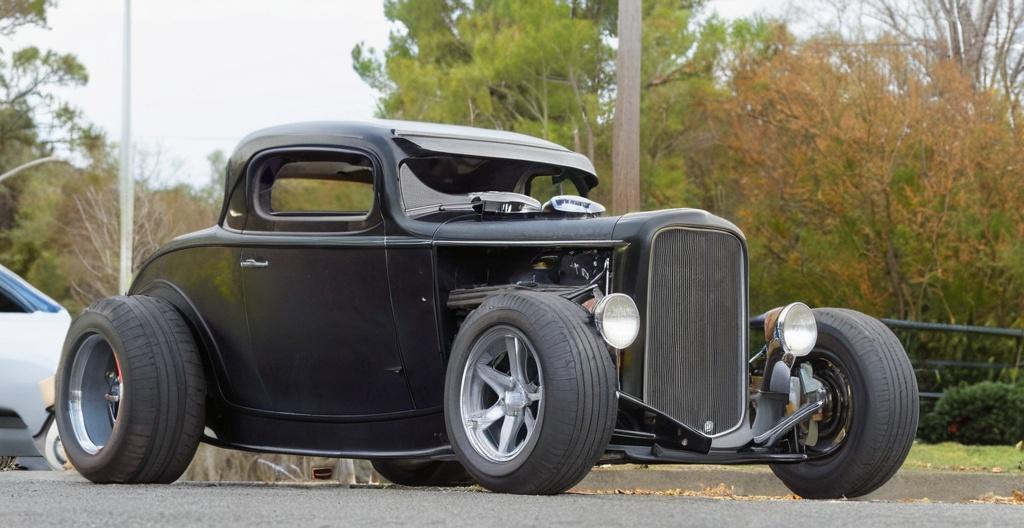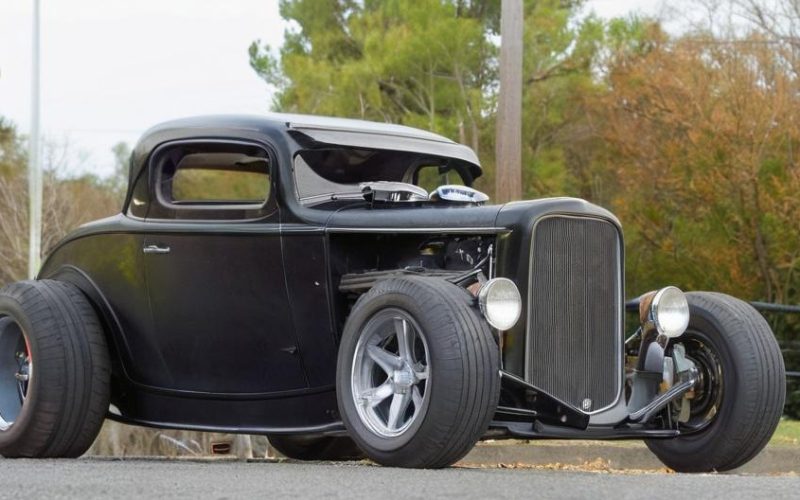Key Take Aways About How to Build a Custom Chassis for a Street Rod
- Material Selection: Steel preferred for strength and cost; aluminum for weight savings.
- Chassis Design: Plan thoroughly with attention to wheelbase and mounting points.
- Measurements: Ensure accuracy to avoid future issues.
- Suspension: Understand components, consider adjustability; rear choices include leaf springs or four-link system.
- Welding: Solid welds are crucial; skilled welding advised.
- Tools: Essential tools include a welder, grinder, and measuring tape.
- Assembly: Test fit carefully; ensure proper alignment.
- Balancing: Correct weight distribution affects handling.
- Final Touches: Use powder coating or painting for protection and aesthetics.

Choosing the Right Materials
Building a custom chassis for a street rod is no small task, but it’s where the magic starts. You want it to be strong yet light, like a prize fighter. Most folks go for steel because it’s the go-to option for many car builds. It’s got that mix of strength and affordability that’s hard to beat. However, if you’re feeling a bit adventurous and your wallet allows, you might look at aluminum. It’s like steel’s cool cousin, lighter and a bit pricier, but it can shave some weight off your ride for better performance.
Designing the Chassis
You don’t need to be an engineer, but having a solid design is non-negotiable. Think of it like planning a road trip; you need a map before you hit the highway. You can whip out some graph paper, or if you’re feeling fancy, some CAD software to get a 3D model going. Pay special attention to the wheelbase, suspension mounting points, and where the engine and transmission will sit. This is where your imagination gets to run free, within reason, of course.
Dimensions and Measurements
Get this part right, or you might end up with a street rod that drives like a shopping cart with a wonky wheel. Measure twice, cut once and all that jazz. Accuracy here will save a heap of headaches down the line. You want to ensure the frame aligns properly with the body, suspension, and everything else that makes your car more than just a really expensive lawn ornament.
Understanding Suspension and Steering Components
What’s the point of a shiny chassis if it can’t handle corners? Investing some time in understanding the suspension and steering components will save you from the embarrassment of getting smoked at the stoplight drag. The geometry has to be as precise as a surgeon’s scalpel. Keeping things adjustable can be a lifesaver when it comes to tweaking for performance later on.
Rear Suspension Choices
For the rear, you have options. A classic leaf spring is like that reliable friend who’s always there. It might not be the most sophisticated, but it works. Or you could go the route of a four-link suspension system if you’re chasing after the perfect balance between comfort and handling.
Welding and Fabrication
Time to put on that welding helmet and channel your inner artist. Make sure those welds are solid because no one wants to leave parts of their car behind at the first pothole. If MIG or TIG welding isn’t your forte, it might be worth calling in someone who knows their stuff. Nothing screams amateur like a chassis held together with chicken wire and duct tape.
Tools of the Trade
Make sure your toolbox is stocked with essentials like a welder, grinder, and the all-important measuring tape. Having the right tools not only makes the job easier but also more enjoyable. As they say, the right tools make all the difference between a masterpiece and a mess.
Assembly and Test Fit
After cutting, welding, and shaping, it’s time to see how everything fits together. This is like putting together a jigsaw puzzle, except you can’t force pieces to fit by yelling at them. Ensure the body mounts align perfectly, and all components fit as they should before you paint yourself into a corner.
Balancing Act
You didn’t think you were done yet, did you? Balancing the weight distribution can transform how your car handles. Get it wrong and it’s like driving a boat through a slalom course. This is where some scales can help make sure your street rod doesn’t tip like a teapot when you step on it.
Adding Final Touches
With all the heavy lifting done, it’s time to make it pretty. Powder coating or painting your chassis not only protects it from rust but gives it that showroom shine. Think of it as the cherry on top of your street rod sundae.
Building a custom chassis for a street rod isn’t just a project; it’s a passion. You’ve gone from a pile of metal to the foundation of something that’s likely to turn heads. Now, all that’s left is to finish the rest of the build and enjoy the fruits of your labor.
